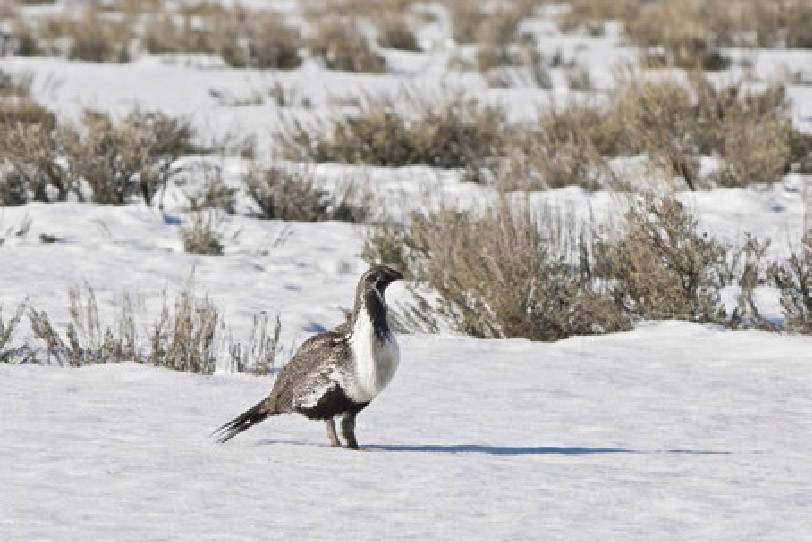Bee Ranching
Paying landowners to create and connect pollinator habitat
Bees are declining, and that’s bad news for ag producers.
Bees are declining, and that’s bad news for ag producers.
Ranchers today in the Upper Green River Basin say they are modern-day beavers.
As he does every single morning from November into April, Bondurant, Wyoming, rancher Kevin Campbell leads his two draft horses, Ed and Smoke, out of their pen and harnesses them to the hay wagon to feed elk.
~1887 – British physician David Bruce investigated a mysterious illness that killed four soldiers on the Mediterranean island of Malta
This story is a sidebar to One Irrigator’s Waste is Another’s Supply: Upstream Efficiencies Mean Less Water for Downstream Users in Nebraska’s Panhandle.
As a child in northeastern Wyoming, I remember my summers as irrigation season.

The Upper Green River Basin of Wyoming, at the headwaters of the Colorado River, is laced with clear running streams and fosters abundant habitat and some of the most robust greater sage grouse, mule deer, and pronghorn populations in the world.
On a warm summer morning in western Nebraska, 77-year-old farmer Bob Busch stood next to a sugar beet field in a worn denim shirt
Wilderness and Livestock Advocates Advise US Forest Service on New Planning Rule
When Jim Magagna, Executive Vice President of the Wyoming Stock Growers Association, arrived at the first national advisory committee meeting for forest planning, he looked around
Climate, soils, topography, grazing, and fire have shaped the composition and structure of vegetation on rangelands in the American West. Collectively, the many possible combinations of these different factors should lead to diverse plant communities and associated diverse wildlife species.
On the Howell Ranch and adjacent properties in western Colorado, cattle are used to create prime elk hunting opportunities. Managers carefully consider elk movements when they design the annual grazing plan for the ranch.
Recognizing the importance of agricultural lands for wildlife, a number of programs in the western United States encourage ranchers to manage rangelands in ways that benefit both landowners and wildlife. Financial incentive for improving biodiversity per se is yet to come.